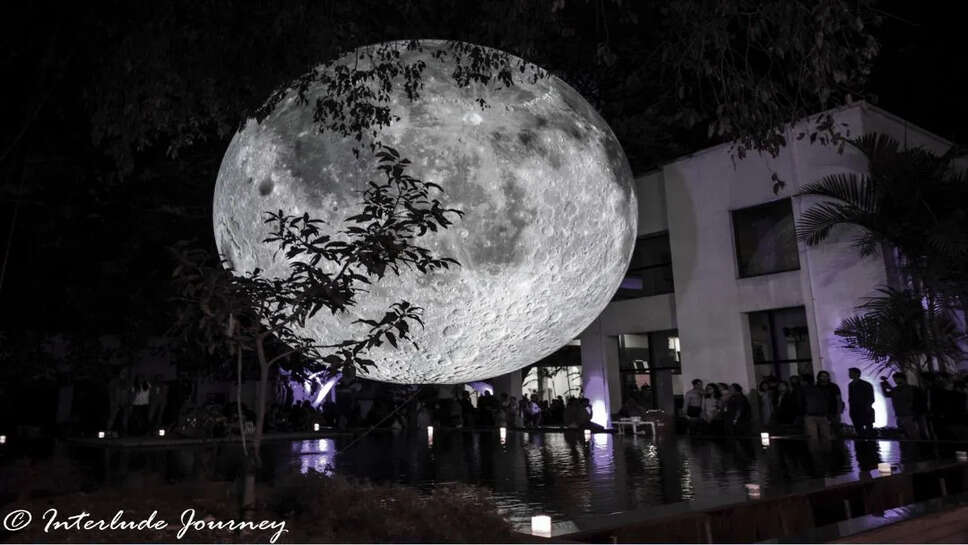From 'Oumuamua to Rogue Planets: The Weirdest Things Drifting in the Cosmos

Space, often described as the final frontier, is vast, mysterious, and filled with wonders that defy human imagination. Among the countless stars, planets, and asteroids lies a host of bizarre, unexplained, and downright strange objects floating through the cosmos. Some are natural, some are artificial, and some still puzzle astronomers to this day. Here are 10 of the strangest objects currently known to be floating in space.
1. Oumuamua – The Interstellar Visitor
In 2017, astronomers detected an object racing through the solar system at an incredible speed, unlike anything seen before. Dubbed ‘Oumuamua, meaning “scout” or “messenger” in Hawaiian, this cigar-shaped object didn’t originate from our solar system—it came from another star. Its strange shape, tumbling motion, and unexplained acceleration left scientists wondering whether it was an asteroid, a comet, or even an alien probe. Despite intense study, its true nature remains a mystery.
2. The Black Knight Satellite
Conspiracy theorists believe there’s an alien satellite orbiting Earth called the Black Knight, and it’s been doing so for over 13,000 years. First brought into public imagination through a series of photos from NASA’s STS-88 mission in 1998, the object appears to have a very unnatural shape. Scientists, however, have explained it as a thermal blanket lost during a spacewalk—but the legend persists, feeding speculation and sci-fi dreams.
3. The Boomerang Nebula – The Coldest Known Place in the Universe
While space is incredibly cold, the Boomerang Nebula defies expectations by being even colder than the background temperature of space. Located about 5,000 light-years away, this young planetary nebula measures only one degree Kelvin (-272°C). The chilling effect is likely due to rapidly expanding gas, but its exact dynamics remain puzzling. This makes it not just strange, but also the coldest natural object ever observed.
4. Zombie Stars – Stars That Explode… Then Come Back
A Type Ia supernova is expected to completely destroy a white dwarf star. However, astronomers have observed cases where the star survives the explosion and continues shining—like a stellar zombie. These so-called “zombie stars” defy the laws of physics as we understand them. Their existence suggests either our models are incomplete or that the universe has ways of rebooting stars after death.
5. Voyager 1 – Humanity’s Farthest and Strangest Artifact
Launched in 1977, Voyager 1 has now left the solar system and entered interstellar space. Carrying the Golden Record—a time capsule of Earth’s sounds, images, and messages for any potential alien discoverers—it’s the strangest artificial object to ever float beyond our solar system. As it travels farther, it becomes a relic of human curiosity drifting alone in the cold darkness.
6. Rogue Planets – Planets Without a Star
Not all planets orbit stars. Some roam the galaxy alone—unbound, cold, and silent. These rogue planets float freely through space after being ejected from their home systems or forming in isolation. Some are as big as Jupiter, others as small as Earth. Because they don’t reflect a star’s light, they’re incredibly hard to detect, making them a mysterious and eerie presence in the cosmic void.
7. Tabby’s Star – The Flickering Mystery
Discovered in 2015, Tabby’s Star (KIC 8462852) baffled scientists with its unpredictable and extreme dimming patterns. Unlike a planet passing in front of a star, which causes regular dimming, this star’s light dropped irregularly—sometimes by over 20%. One of the most popular (though speculative) theories was that an alien megastructure, like a Dyson Sphere, was blocking the light. More conventional explanations include clouds of dust or disintegrating comets, but no consensus has been reached.
8. The Wow! Signal – A One-Time Cosmic Shout
On August 15, 1977, a radio telescope in Ohio picked up an intense 72-second signal from deep space. It was so unusual that the astronomer monitoring the system wrote “Wow!” next to the data printout—hence its name. The Wow! Signal was never repeated or explained. Some think it could have been interference, others suspect a natural phenomenon—but it remains one of the most mysterious signals ever received from space.
9. Space Garbage – Earth’s Growing Orbital Junkyard
It might not be natural or exotic, but space junk is one of the strangest—and most dangerous—categories of objects orbiting Earth. There are over 30,000 tracked pieces of debris larger than 10 cm, ranging from defunct satellites to paint chips and broken rocket stages. Traveling at speeds of up to 28,000 km/h, even the smallest pieces pose threats to astronauts and operational spacecraft. The fact that humans have created such a chaotic halo of trash around their own planet is both fascinating and alarming.
10. Cosmic Dust Bunnies – Interstellar Clumps of Organic Molecules
Scattered through the galaxy are floating clumps of dust and organic compounds—nicknamed “cosmic dust bunnies.” These microscopic particles are made of carbon, silicates, and ice, and sometimes contain amino acids, the building blocks of life. Some of them are older than the Sun and may have seeded planets—including Earth—with the ingredients necessary for life. They may look harmless, but their cosmic role could be enormous.
A Universe Full of the Unexpected
The universe isn’t just full of stars and planets—it’s teeming with mystery. From alien-like signals and star-eating black holes to rogue wanderers and human-made artifacts, the strangeness of space defies logic and stretches the boundaries of what we understand.
Some of these objects are scientific puzzles, others are the stuff of speculation and imagination. But they all remind us that we’re still newcomers in an ancient, vast, and unfathomable cosmos. As our tools for space exploration improve, who knows what stranger things await discovery in the silent void?
.jpg)